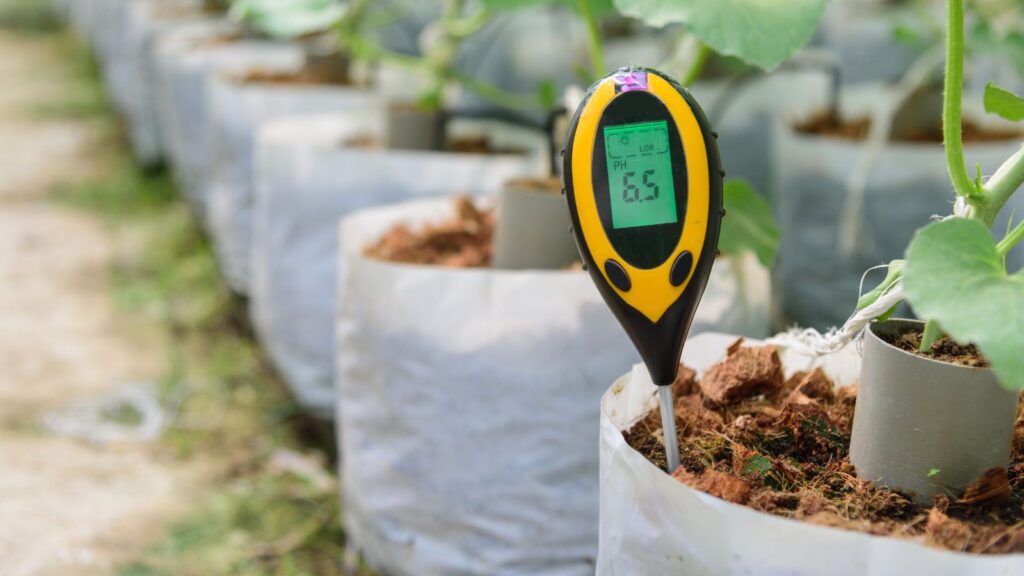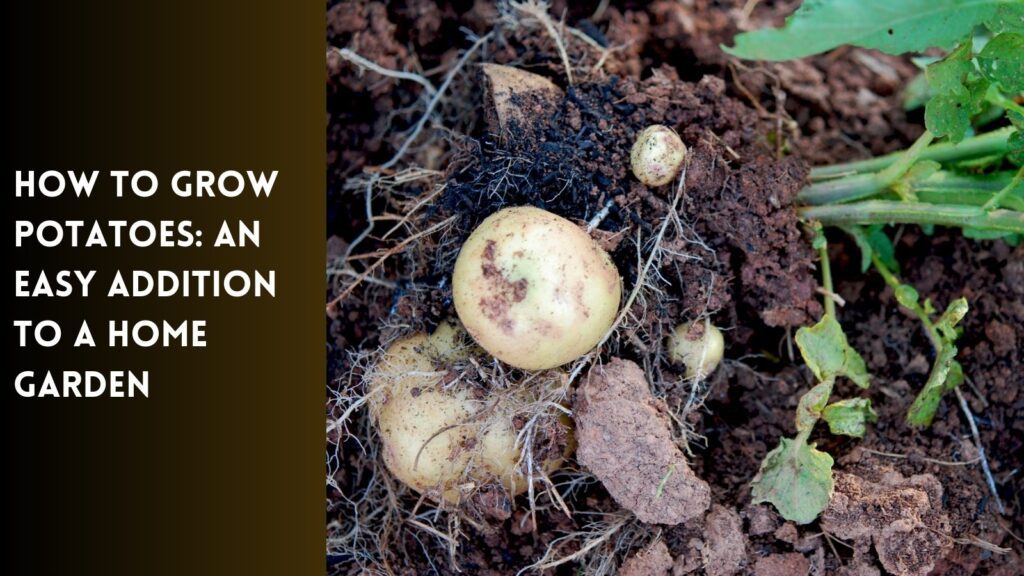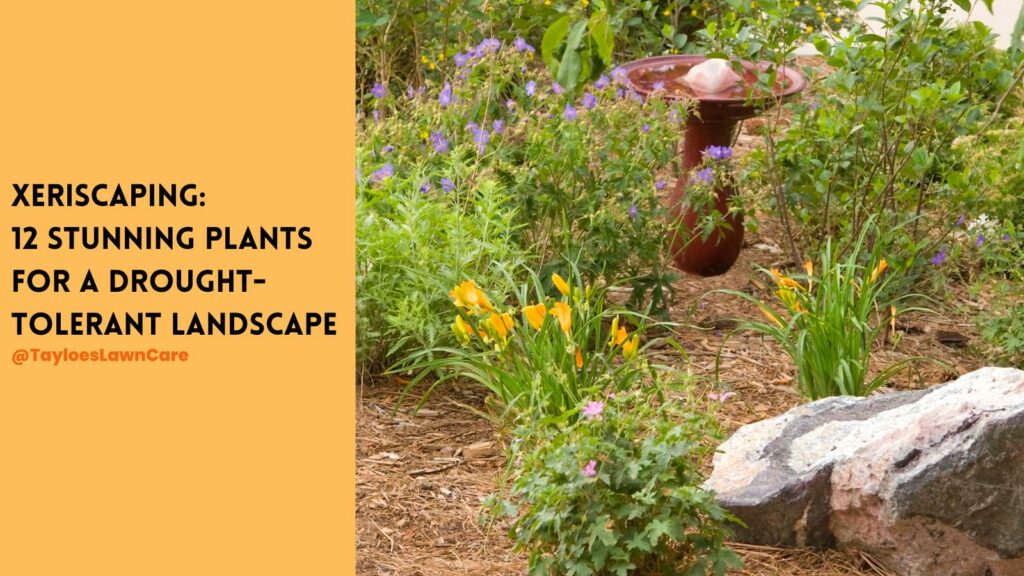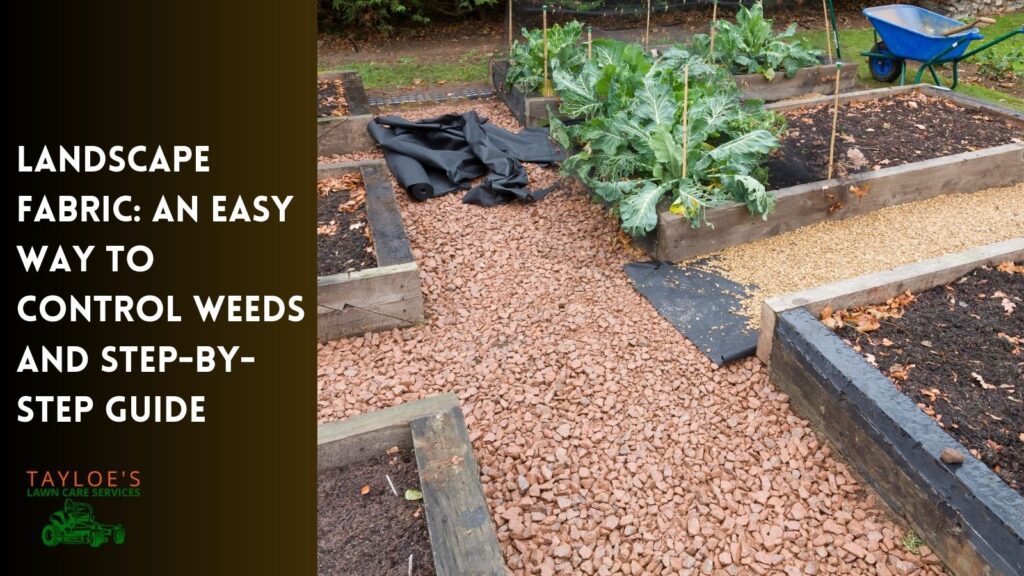Last Updated on: 30th October 2023, 11:26 am
Blossom end rot in tomatoes is so frustrating!
For serious gardening enthusiasts, tomatoes often serve as the backbone of the summer garden, boasting plump, vibrant fruits. However, nothing is more disheartening than encountering the effects of blossom end rot (BER) on your carefully tended plants. Rooted in physiological and environmental causes, blossom end rot can seem like a mystery to many gardeners.
By the end of this article, you will understand everything you need to know about blossom end rot:
- Its scientific underpinnings
- How to identify it
- Prevention tips
- Remediation techniques
- Its impact on tomato edibility.
Understanding Blossom End Rot: A Physiological Disorder
Blossom end rot is a physiological disorder rather than a disease caused by pathogens. It primarily affects tomato plants but can also afflict other members of the Solanaceae family, such as peppers and eggplants. The most apparent symptom is a water-soaked, darkened area at the blossom end of the fruit – the end opposite the stem. This spot enlarges and darkens as the tomato grows. Eventually, it becomes soft, leathery-looking, and sunken.
Underpinning the BER is a calcium deficiency within the fruit’s tissues. However, the condition isn’t typically caused by a lack of calcium in the soil. Instead, it’s usually a consequence of the plant’s inability to transport sufficient calcium to the fruit.
Calcium, essential for cell wall structure, gets moved into the plant via the transpiration stream. That refers to water movement from roots through the stem and leaves. It ends when it evaporates into the atmosphere.
If this process is interrupted or insufficient for any reason, the fruit may end up deprived of the necessary calcium, leading to cell wall collapse and symptomatic rot.
Factors impeding calcium transportation can range from irregular watering, root damage, and excessive nitrogen fertilization to high salinity, high humidity, or excessive growth due to favorable conditions.
Identification of Blossom End Rot
Identifying blossom end rot early is essential to minimizing its impact on your harvest. The first signs are small, water-soaked spots appearing on the blossom end of the fruit. These spots darken over time, growing into a larger, leathery patch that may span up to half the fruit’s surface.
The affected area is sunken, dry, and firm, contrasting with the softness of healthy tomato flesh. Often, secondary pathogens take advantage of these weakened areas, causing the fruit to decay further.
Preventing Blossom End Rot
Prevention is undoubtedly the most effective strategy to combat blossom end rot (BER). This approach focuses on nurturing practices that encourage optimal calcium uptake and deter conditions that impair this process. Let’s delve into these preventive strategies in more detail:
Consistent watering:
Watering is critical to facilitating calcium transportation within the tomato plant. As such, maintaining a regular watering schedule is vital. Water irregularity disrupts the transpiration stream, leading to inadequate movement of calcium to the fruit.
Tomatoes thrive on deep, regular watering that moistens the soil but not waterlogged. Overwatering can lead to waterlogged soil, oxygen starvation, and ultimately root damage – further impeding nutrient uptake. On the other hand, underwatering can stress the plant and hinder transpiration.
Use a soil moisture meter or a simple finger test to ensure the soil is moist several inches below the surface. During hot, dry weather, additional watering may be necessary. If possible, drip irrigation or soaker hoses deliver water directly to the root zone and minimize evaporation.
Soil pH:
Soil pH significantly influences nutrient uptake, including calcium. Tomatoes prefer a slightly acidic environment with a pH within the optimal range of 6.0-6.5. Certain nutrients can become unavailable to the plant outside of this range, potentially exacerbating the BER issue.
While calcium deficiency in the soil is rarely the cause of BER, it’s beneficial to conduct a soil test to evaluate your soil’s nutrient profile and pH. If the test indicates low calcium levels or an unsuitable pH, amendments such as gypsum (for calcium) or lime (for pH and calcium) can be incorporated. Be sure to follow the application recommendations based on your soil test results.

Avoid excessive nitrogen:
Nitrogen plays a crucial role in plant growth. But when it comes to tomatoes, moderation is key. Over-fertilization, particularly with high-nitrogen fertilizers, can result in overly lush vegetative growth at the expense of fruit production and calcium translocation.
The fast, lush growth spurred by high nitrogen levels demands more calcium than the plant can supply, contributing to the onset of BER. Instead, use a balanced tomato fertilizer containing phosphorus and potassium, essential for fruit production. Always adhere to the manufacturer’s application rates to avoid over-fertilization.
Careful cultivation:
Maintaining a healthy root system is paramount for tomato plants. Roots are the primary site of water and nutrient uptake, including calcium. Therefore, it’s essential to be gentle around the roots to avoid causing any damage.
Avoid cultivating or hoeing too deeply near the plant to prevent root injury. When transplanting, handle the root ball with care. Any physical damage to the roots can inhibit their function and impact the plant’s ability to uptake water and nutrients, thus increasing the risk of BER.
Further, consider planting your tomatoes in well-draining soil amended with organic matter. This approach enhances the soil structure, promoting strong root growth and improving water and nutrient retention.
Remedying Blossom End Rot
Regarding remedying blossom end rot (BER), there’s good news: in many cases, BER can indeed be addressed during the ripening season, even though the affected fruits can’t be saved. Here’s a more detailed look at some remedial strategies:
Balanced watering:
If inconsistent watering is the primary cause of BER in your tomato plants, the first step in remediation is establishing a regular watering regimen. The focus here is to maintain consistent soil moisture.
Implement a watering schedule based on your garden’s specific needs. As a guideline, tomato plants generally require one or two inches of water per week, with more required during hot, dry spells. Constantly water deeply to ensure the moisture reaches the root zone. If you’re watering by hand, do so in the morning to reduce evaporative loss and give the plants plenty of time to dry before nightfall, which can help prevent fungal diseases.
Monitor your soil moisture regularly. The goal is to keep the soil uniformly moist without letting it dry out too much between watering or becoming waterlogged. Utilizing a soil moisture meter can assist in achieving this balance.
Foliar calcium sprays:
While these can’t reverse BER’s effects on the affected fruits, they can offer a fast, albeit temporary, fix for preventing the disorder in yet-to-be-affected fruits. Foliar calcium sprays are applied directly to the plant’s leaves and can be absorbed directly, bypassing the root uptake and transportation process.
However, it’s crucial to remember that foliar sprays address the symptom (calcium deficiency in the fruit) rather than the underlying cause (disrupted calcium transportation). Therefore, these sprays should be considered a supplementary treatment to more systemic solutions such as balanced watering or soil amendments.
Follow the manufacturer’s instructions when applying these sprays. Avoid applying them during the day’s heat, which can lead to leaf burn. Early morning or late evening applications are typically best.
Mulching:
Mulching plays a significant role in managing soil moisture levels and temperature, which can impact the incidence of BER.
Organic mulches, such as straw, grass clippings, or compost, can be spread around the base of the tomato plants. These mulches help conserve soil moisture, reducing the frequency of watering needed and minimizing the risk of water stress that can disrupt calcium transportation.
Additionally, mulch helps stabilize soil temperatures, shielding the plant roots from extreme temperature fluctuations that can stress the plant. It also contributes to soil health by slowly breaking down and improving soil structure, enhancing water-holding capacity, and promoting beneficial soil microbes.
A two to three-inch layer of mulch around the base of the plant, leaving a small gap around the stem to prevent rot, can be incredibly beneficial in preventing future BER incidents.
Even though BER can be discouraging when it strikes mid-season, these remedial strategies can help curb the problem and prevent it from affecting future fruits. From consistent, balanced watering and applying foliar calcium sprays to effective mulching, these practices can significantly mitigate the risk of BER. Understanding and addressing the underlying causes is the key to managing this disorder and achieving a prosperous, plentiful tomato harvest.

Are Tomatoes with Blossom End Rot Safe to Eat?
The answer is yes but proceed with caution. Tomatoes with blossom end rot are generally safe to eat, as long as they’re not infected with secondary pathogens that often colonize the damaged areas.
Identifying secondary pathogen infections
Identifying the presence of secondary pathogens begins with visual inspection. While blossom end rot alone presents as a dry, sunken, darkened patch, an additional infection may make the tomato appear distinctly unwell.
- Mold or Fungus: Look for fuzzy, sometimes colorful growths that indicate the presence of mold or fungus. These can range in color from white, green, blue, or black and typically appear in or around the damaged area.
- Bacterial Infections: These might cause wet, oozing spots emitting a foul odor. The rot might sometimes progress inward from the damaged spot, causing the fruit’s interior to turn brown or black.
- Pest Infestations: Sometimes, pests may find the damaged areas an easy entry into the fruit. Signs include visible insects, larvae, or their droppings.
If any of these signs are evident, discarding the fruit is best. That way, you will avoid the risk of consuming foodborne pathogens.
Once you’ve confirmed that the tomato doesn’t show signs of secondary infection, you can proceed to eat it. Just grab a knife and cut away the affected area before you eat it. Remember, though, that the overall quality and flavor might be compromised due to blossom end rot, which may make the tomatoes less palatable.
Furthermore, always wash your hands and disinfect any cutting tools or surfaces that have come into contact with the affected tomatoes. This practice will prevent the potential spread of pathogens to other fruits, vegetables, or plants.
While tomatoes with blossom end rot can be safely consumed without secondary infections, additional pathogens pose potential risks and can degrade the fruit’s quality. Regular inspection of your plants and fruits can help detect and manage these issues promptly, ensuring that your garden continues to produce a healthy and delicious harvest.

The Takeaway: Managing BER Can Save Your Tomato Harvest
Blossom end rot can be daunting for tomato enthusiasts. However, understanding its causes and solutions can drastically reduce its impact. You can enjoy a bountiful tomato harvest – free of blossom end rot. Successful tomato harvesting requires proper watering, careful cultivation, and the right balance of nutrients. Even if your plants fall prey to this disorder, swift action can help save subsequent fruits and ensure the health of your garden.
Love gardening, lawn care, and landscaping ideas? Follow Tayloe’s Lawn Care Services on Pinterest and Facebook – you’ll find many more ideas there.
Author Profile

- Deborah Tayloe is the CEO and co-founder of Tayloe's Lawn Care Services, LLC. She has a B.S.Ed and holds certificates in soil and water management and herbology from accredited programs.
Latest entries
 GardeningSeptember 27, 2025What perennials, shrubs, and trees don’t like fall pruning (and why)?
GardeningSeptember 27, 2025What perennials, shrubs, and trees don’t like fall pruning (and why)? Trees and ShrubsSeptember 14, 2025Fall Shrub Pruning Guide (September–October)
Trees and ShrubsSeptember 14, 2025Fall Shrub Pruning Guide (September–October) Trees and ShrubsApril 22, 2025Boxwood Blight: Early identification and isolation
Trees and ShrubsApril 22, 2025Boxwood Blight: Early identification and isolation Flower GardenApril 8, 2025John F. Kennedy Rose: Hybrid tea rose with elegant white blooms
Flower GardenApril 8, 2025John F. Kennedy Rose: Hybrid tea rose with elegant white blooms






